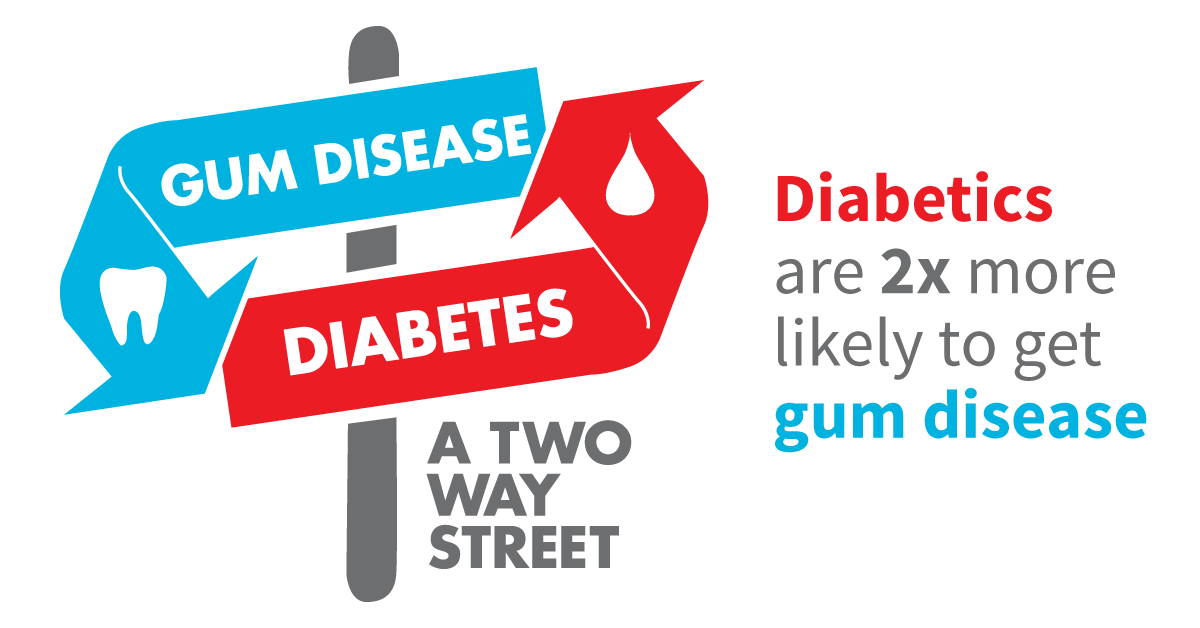
2025-04-18

Diabetes mellitus or diabetes is a metabolic disorder that affects about 3 to 4 percent of the world’s population and is increasing day by day. This disease is caused by hypoglycemia (chronic hyperglycemia) caused by insulin deficiency or insufficiency of insulin secretion. Increasing the blood glucose concentration constantly leads to acute and chronic complications of damage to various organs of the body. It also affects all parts of the body from the skin to the kidneys and can lead to health problems in the teeth. Diabetes consists of two types:
Type 1 diabetes, which is a deficiency in insulin secretion, and the patient should be given an insulin, and due to the rapid onset of symptoms during adolescence, diabetes is also called adolescence. The maximum age for people with type 1 diabetes is 10 to 14 years of age.
Type 2 diabetes, which is independent of the insulin and the individual, does not require insulin injections. Type II diabetes is a combination of insulin resistance and inadequate remission of insulin secretion. Blood glucose gradually rises in this type of diabetes, usually starting at age 40 or older.
There is no limit to orthodontic treatment today, and many people with diabetes need orthodontic treatment. But it should be kept in mind that tooth movement in orthodontics is done by bone reconstruction. In people with diabetes, the period of periodontal disease increases. When the bone disappears, the teeth are lost, often these teeth move into undesirable situations. Loss of bone with inflammation can create unpredictable movements in orthodontic tooth movement. The result of type 1 diabetes in altering bone formation suggests that the disease may affect dental movement in orthodontic treatment.
Diabetes may be of any age so:
A diabetic who seeks for orthodontic treatment should be careful about his blood glucose and have regular, stable blood glucose control.
Diabetic patients can begin their orthodontic treatment, provided they have a dental care period and have a regular schedule.
People with diabetes whose disease is well controlled are not an obstacle to orthodontic treatment.
Orthodontic treatment is not performed in patients whose illness is uncontrolled or poorly controlled.
Maintaining orthodontic hygiene is especially important in diabetic patients.
An orthodontist examines patients with their condition and type of diabetes and starts orthodontic treatment. In patients with diabetes, the patient’s condition is frequently controlled by an orthodontist and careful and strict observance of oral hygiene is recommended.





Rate this article